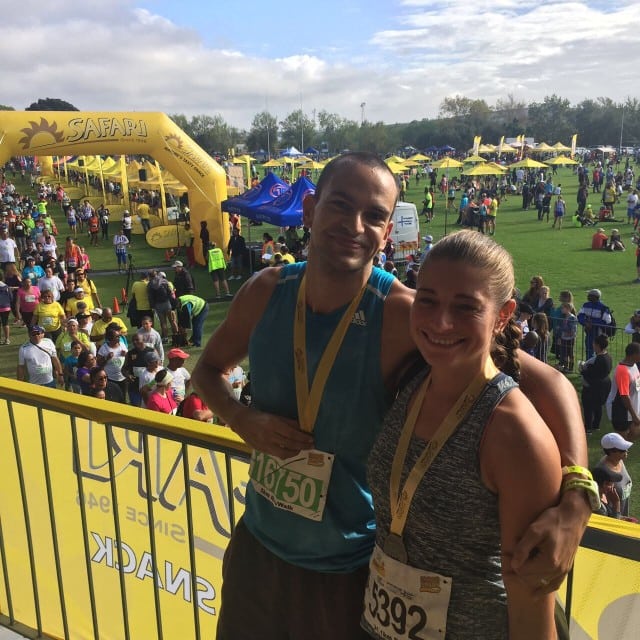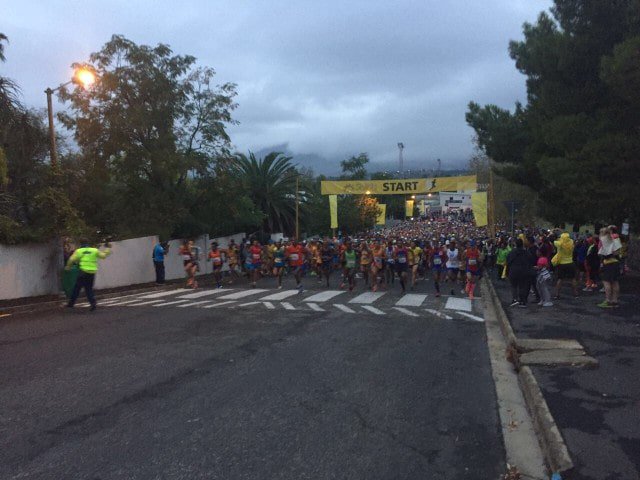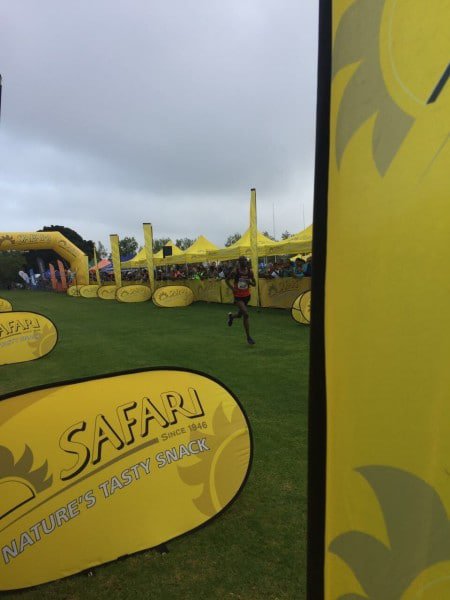BLOG: The Only Way Is Up!
The Safari Half requires a pacing strategy that only those who have run it before can execute. RW’s Deputy Ed Lisa Abdellah took on the challenge. – By Lisa Abdellah
It was still dark. Over three thousand runners flooded Willem Basson Boulevard – and when that was full, they overflowed onto the pavements. Considering the large number of participants, our shuffling turned to running relatively quickly, and there was no pushing or shoving.
The race started with a short, sharp climb, and then meandered downhill. My first ‘rookie error’ was to pick up the pace immediately, free-wheeling down the hill at close to four minutes per kay.
Big mistake. The Safari Half requires a pacing strategy that only those who have run it before can execute. Safari veterans know all the nuances of the route: where the climbs are, where the descents are, when to go hard and when to take it easy.
After lulling us into a false sense of security with that first descent, the route became a series of long, uphill pulls, passing remote farmlands, wineries and valleys. You could see exactly where you were going – unfortunately, that meant you could also see exactly how many more daunting hills there were.
For two kilometres we climbed a dusty gravel road, unforgiving underfoot. When we finally reached a downhill section, with a bit of camber in the road, I noticed my hamstring was cramping. ‘Am I injured again?’ I thought. My pace watch told me I had slowed to a shuffle; it appeared to be laughing at me. ‘I’m so unfit!’ I thought.
Ahead I could see a little triangle – attached to a pace setter by a stick, and emblazoned with the time I needed to beat – bobbing up and down. In my mind I had nothing left; but my body had other ideas, because it was still running.
As it turned out, I recognised the pace setter. “You’re motoring on the downhill sections, and there’s a long one coming right up. It’s a great recovery section,” encouraged Faseegh Fortune, who was running his 10th.
Then another runner I knew appeared next to me – a guy called Sergio, who I shared a bus ride with to my first half Ironman a few years ago. And something about being surrounded by familiar faces, coupled with my own determination, gave me a second wind.
Then came my reward. Faseegh was right: the long downhill section did indeed offer good recovery. I was flying – my heart rate had settled, the niggle in my hamstring subsided, and my uphill plodding was transformed into fluid movement. For the first time, I noticed the scenery – vast valleys and mountains, white-painted churches and quaint houses – and it was beautiful.

In the last four kilometres of the race, Sergio and I decided to go for a strong finish. We were springing, at close to four minutes a kay. The sudden lurch upwards in pace made me feel a bit sick, but by then I didn’t care – I was too excited about hearing the announcers at the finish line!
For more information about the Safari Half Marathon, visit https://www.safarihalfmarathon.co.za/.



